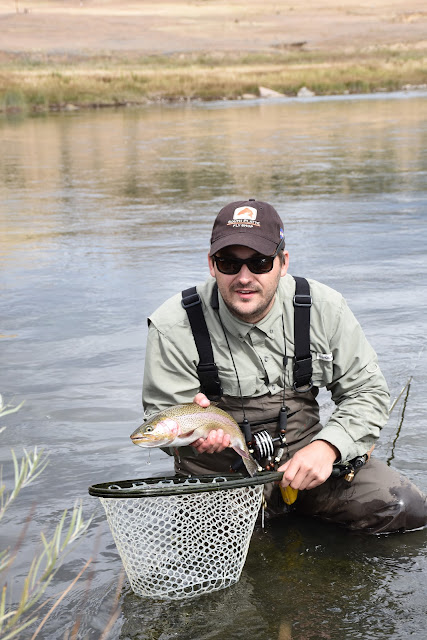SOLD!!
I will only sell this as a lot, no piece by piece sales. The price for the entire lot is either $225 or $250 depending on whether you want the book "Building Classic Salmon Flies" included. This price includes USPS Priority shipping within the US ONLY!!
The included "blind eye" hooks are as follows:
9- Gaelic Supreme Blind Eye in size 4/0
4- Mustad 3401-A in size 7/0
4- Mustad 3401-A in size 6/0
6- modified loop-eye hooks assorted
3- Gaelic Supreme Harrison Bartleet in size 6/0
There are several Alec Jackson style 2501 Spey Hooks as follows:
6- in size 3/0
7- in size 1 1/2
9- in size 3
4- in size 5
There are 6 pieces of 2 and 3 strand silk gut used for making the eye on blind hooks. I also came up with a way to make gut substitute using nylon monofilament fishing line.
One pair of hyacinth macaw tail pieces for making "Horns"
One pair of blue and gold macaw tail pieces also for "Horns"
10 Bustard feathers (very hard to come by at this price)
An assortment of dyed turkey tail feathers from Feathers MC. There are 11 pairs in 9 colors, most a B grade but all have excellent usable pieces suitable for building married wings. Most have a few barbs removed. Canary Yellow x 2, Highlaner Green x 2, Scarlet, Red, Brilliant Blue, Royal Blue, White, Black and Orange
2 pairs of peacock secondary feathers
A pair of faux Bustard feathers (dyed Turkey) and a pair of tail pieces from an Argus Pehasant
Prime turkey tail sections
14 pairs of grade A goose shoulder feathers and assorted grade B
Assorted natural and dyed guinea body and wing feathers
Assorted ringneck pheasant "ring" feathers dyed and natural
Amherst tippets some sorted and graded.
Golden pheasant crest feathers that have been sorted and graded by size up to 6/0
Golden pheasant tippet feathers sorted by size
Jungle cock nails sorted by size. There are only a few grade A most are grade 2 or lower.
Building Classic Salmon Flies by: Ron Alcott. This is an excellent book for anyone wanting to learn how to tie classic full-dress salmon flies. I was able to make it through the entire book tying every one of the flies listed. The book is in great condition!
This i not everything needed to tie classic full-dress salmon flies but it is pretty close. Off the top of my head a new tyer will still need to add: tinsels, floss, dyed neck hackle (I can supply some colors for a few more bucks) ostrich hurl, assorted dubbings. Yes it is an expensive hobby but very rewarding. Below are a fe more of the flies I have tied.




























